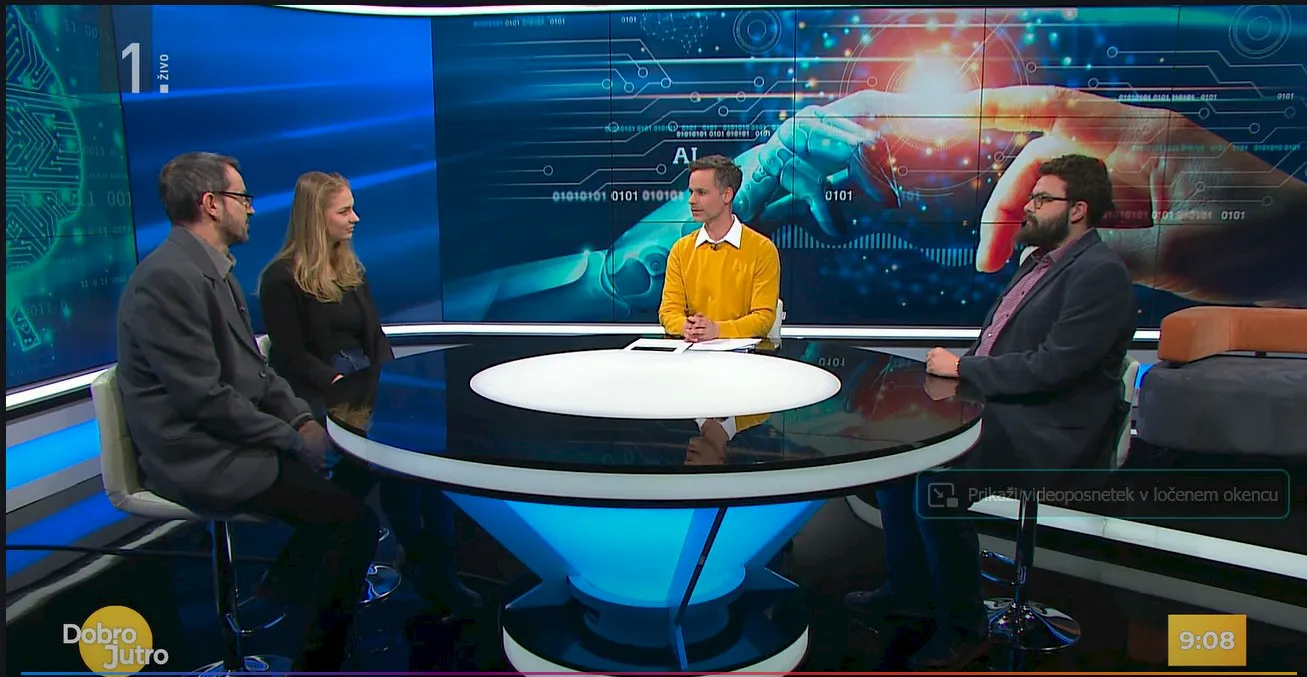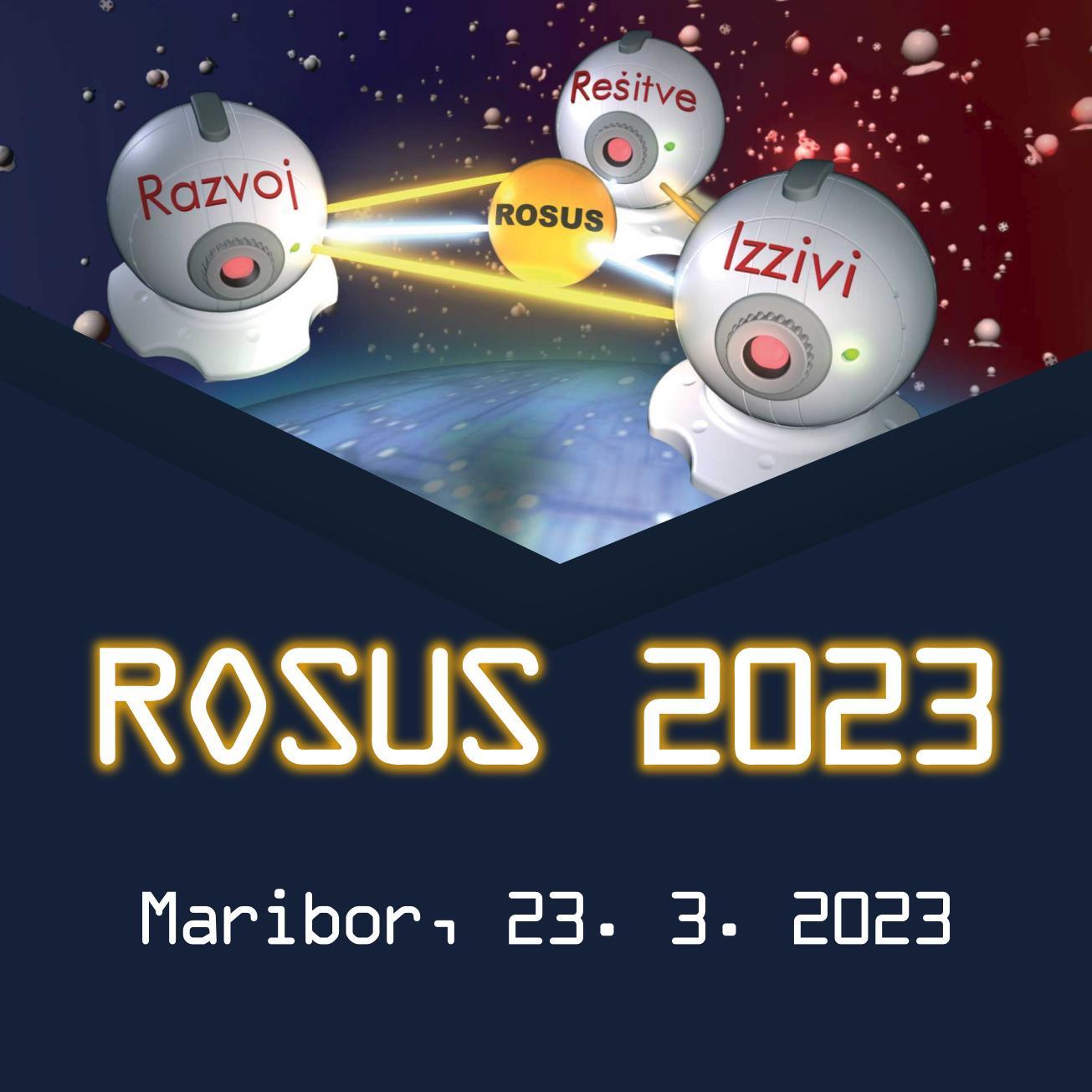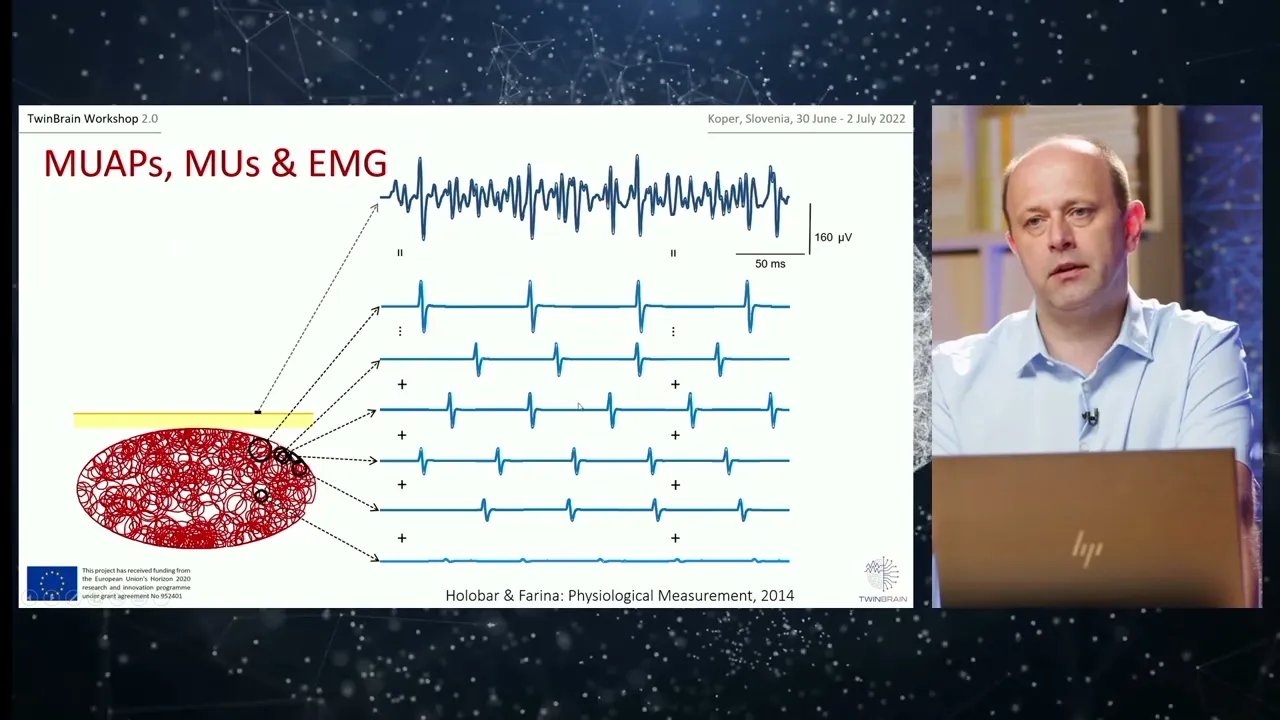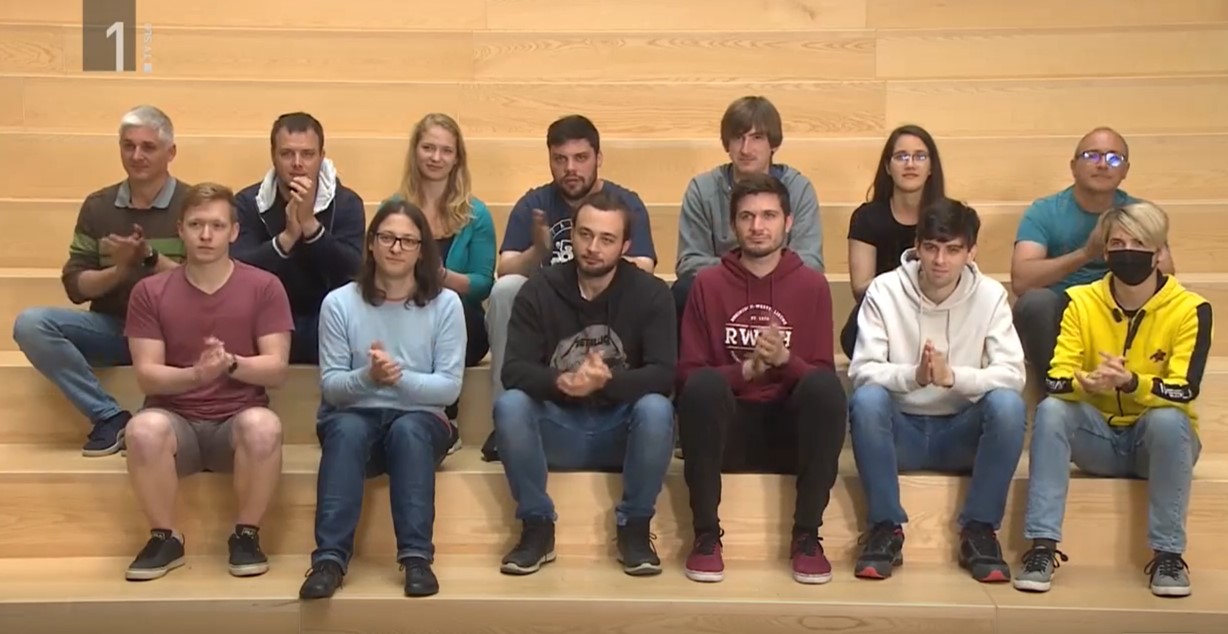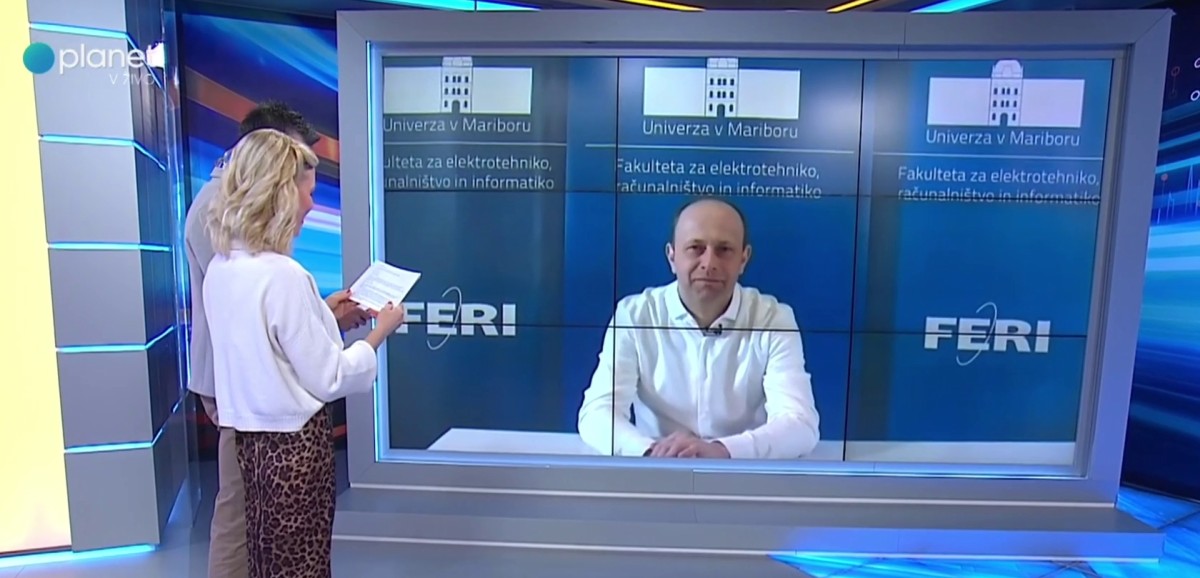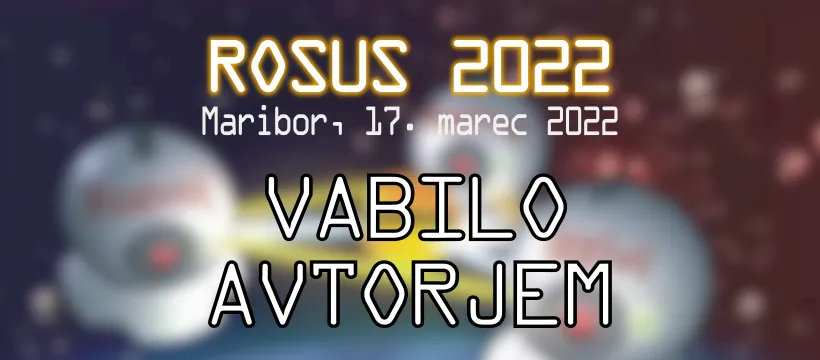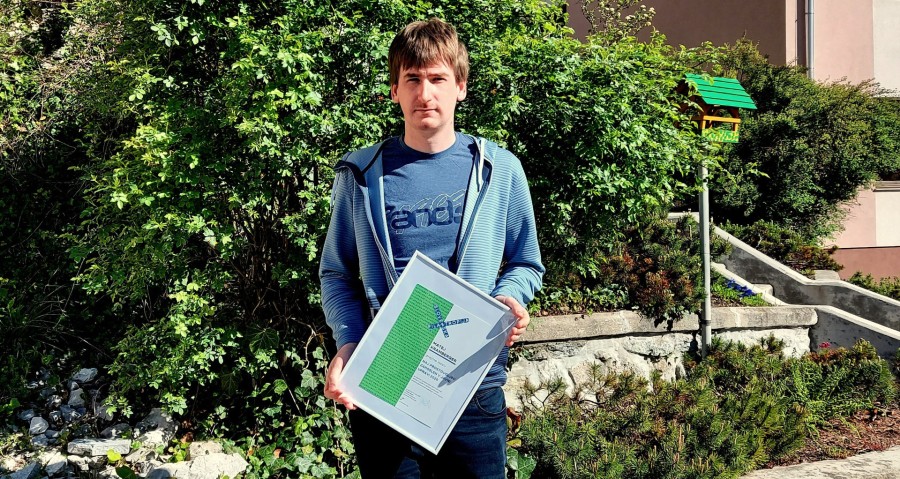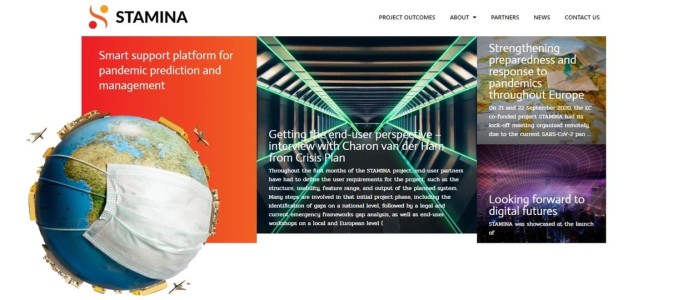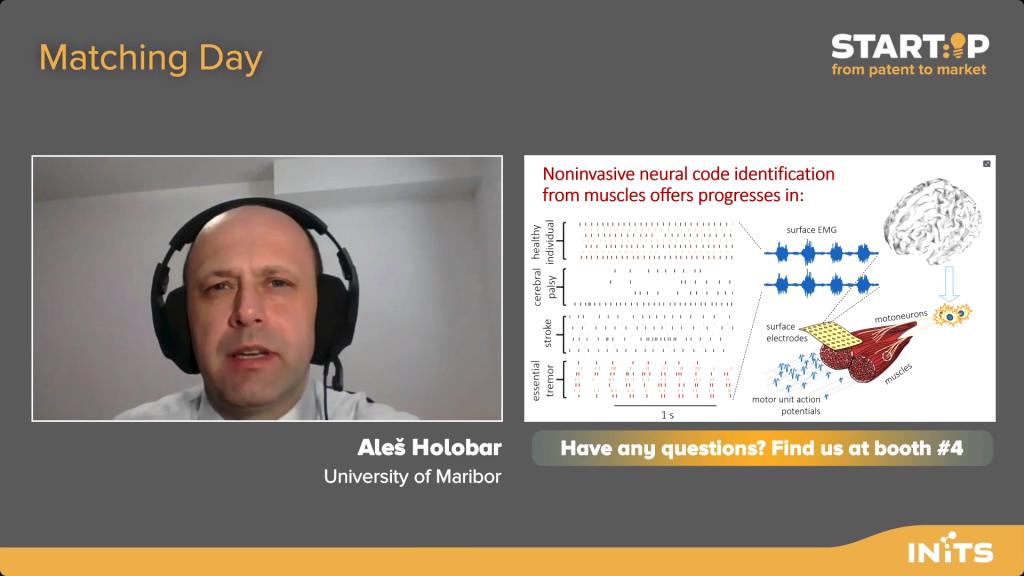Author: Bogdan Viher
Mentor: Prof. Dr. Damjan Zazula
Co mentor: Prof. Dr. Andrej Dobnikar
Date: 1998
Ultrasound Image Recognition using Cellular Automata and Neural Networks
Keywords: cellular automata, cellular neural networks, parallel computation, image recognition, ultrasonic images, ovary, follicles
UDK: 621.391:534-8:007.52:681.3
Abstract: The presented work deals with possibilities of using two
parallel computational models - cellular automata and cellular neural networks -
for ultrasonic image recognition purposes. First we take a look at how
exploiting of basic physical ultrasound properties - refraction and reflection -
can create an ultrasonic image and what devices have been developed for this
purpose so far. Then we discuss in detail the cellular automata and cellular
neural network models, which are both based on a large number of identical
building blocks, called cells, connected in a multidimensional grid. Mostly,
cells adjust their state only according to connections to their nearest neighbors,
which permits their massive parallel execution. Cellular automata model allows
rule that changes the state of each cell to be specified, whereas cellular
neural networks are more or less limited to the sum of cell's weighted inputs,
which then determines the output of the cell through a sigmoidal function. After
the theoretical overview of both parallel computational models we approach a
real-world problem - recognition of follicles in the ultrasonic images of
women's ovaries. With both models we have first tried to recognize the largest,
dominant follicles only, and in their enhanced version also all of them. The
cellular automata recognition algorithm is based ofn the ideal of the immune
system, where in the first phase the objects we are looking for are allowed to
establish a protection mechanism, which in the second phase prevents them from
being destroyed. With cellular neural networks approach, we have used weight
combinations known from the literature and achieved the recognition effect with
interconnection of several networks. Effectiveness of recognition was tested on
fourtyfive test ultrasonic images. Cellular automata were better in looking for
real follicles, but have, at the same time, recognized more false follicles than
cellular neural networks. At the end we have compared cellular automata
recognition method with classical region-growing segmentational approach, since
there are some similarities between them.














